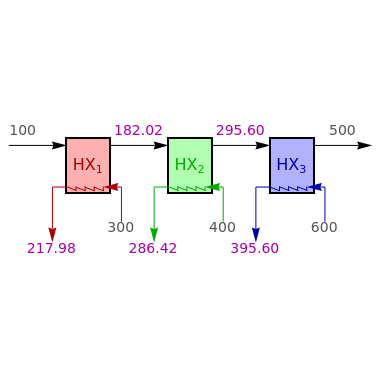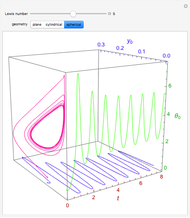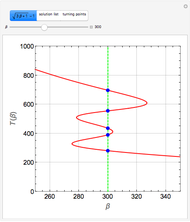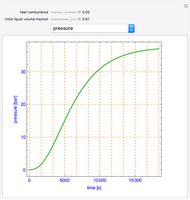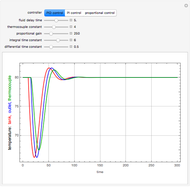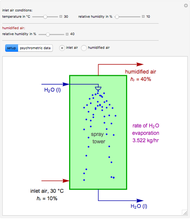Design of Optimal Multistage Heat Exchanger

Requires a Wolfram Notebook System
Interact on desktop, mobile and cloud with the free Wolfram Player or other Wolfram Language products.
Consider a three-stage heat exchanger optimal design problem [1, 2]. A cold fluid is heated from 100 °F to 500 °F by passing through three heat exchangers in series (labeled  ,
,  , and
, and  in the diagram). At each stage, the cold stream is heated by a hot fluid. You can set the temperatures (expressed in °F) of the hot fluids entering the three heat exchangers. The overall heat transfer coefficients (expressed in Btu/hr
in the diagram). At each stage, the cold stream is heated by a hot fluid. You can set the temperatures (expressed in °F) of the hot fluids entering the three heat exchangers. The overall heat transfer coefficients (expressed in Btu/hr  ºF) of these exchangers are equal to
ºF) of these exchangers are equal to  ,
,  , and
, and  . Assume that the hot and cold fluids have the same flow rate
. Assume that the hot and cold fluids have the same flow rate  and specific heat
and specific heat  , and that
, and that  Btu/hr ºF.
Btu/hr ºF.
Contributed by: Housam Binous and Ahmed Bellagi (January 2016)
(King Fahd University of Petroleum & Minerals, KSA; University of Monastir, Tunisia)
Open content licensed under CC BY-NC-SA
Snapshots
Details
A detailed mathematical formulation of the problem (objective function and inequality constraints) is given in [1, 2].
References
[1] M. Avriel and A. C. Williams, "An Extension of Geometric Programming with Applications in Engineering Optimization," Journal of Engineering Mathetmatics, 5(2), 1971 pp. 187–194. doi10.1007/BF01535411.
[2] N. Andrei, Nonlinear Optimization Applications Using the GAMS Technology, New York: Springer, 2013.
Permanent Citation
